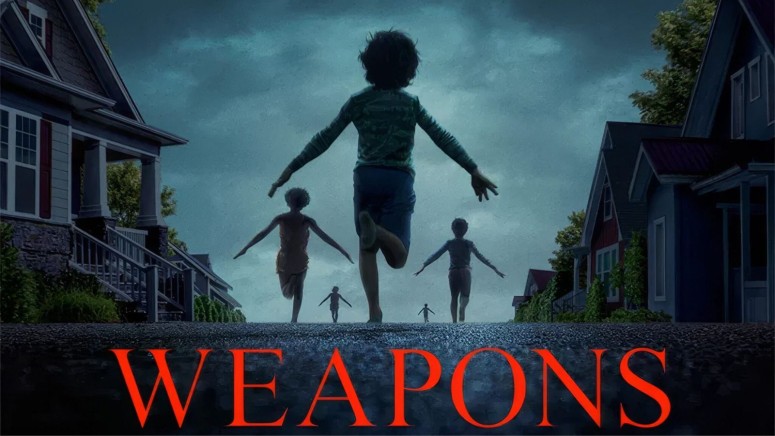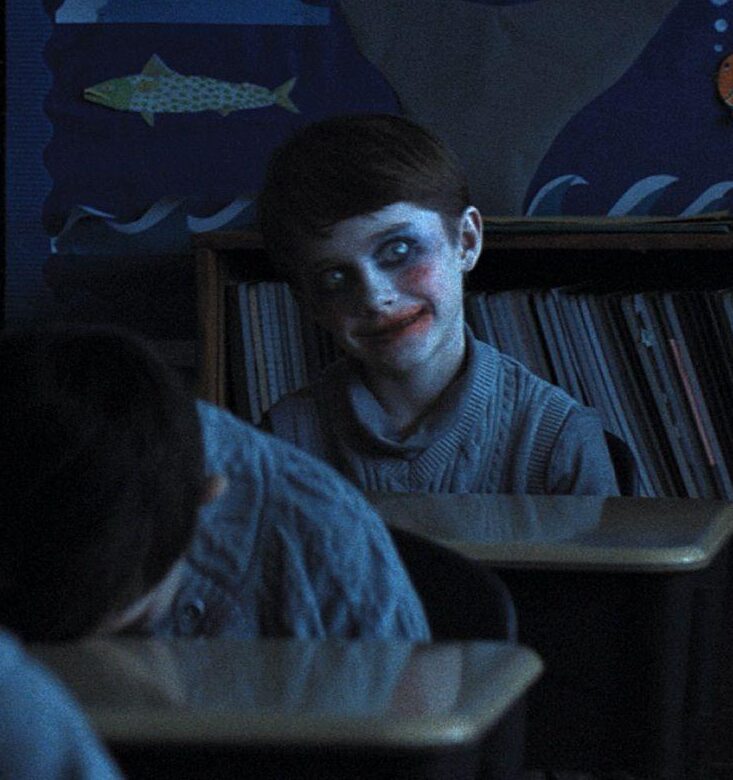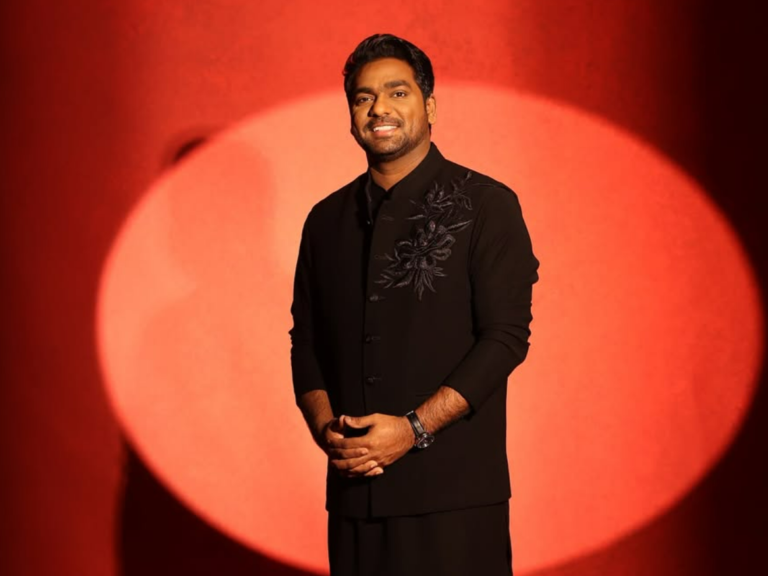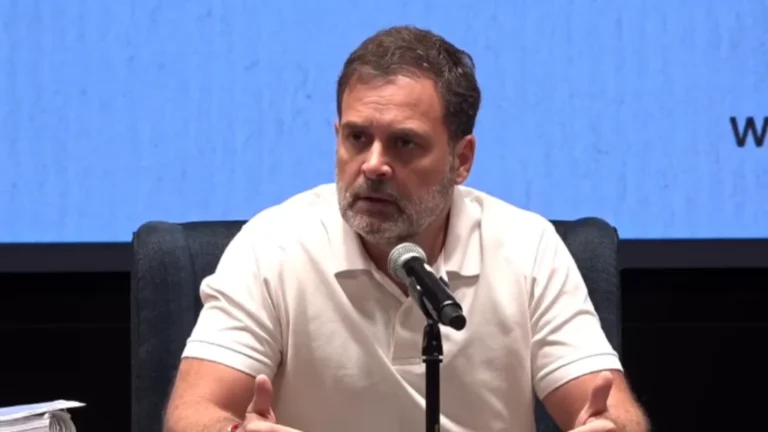
Weapons has been one of the most talked-about horror films of August. Directed by Zach Cregger, known for his early success with Barbarian, the film goes beyond standard horror formulas. It delivers something more unsettling and memorable.
The film runs for 128 minutes and was made on a budget of 38 million dollars. However, It has already crossed 160 million dollars at the global box office. Unlike horror films that depend on sudden shocks, Weapons builds fear slowly. It relies on silence, fractured perspectives, and psychological tension. The mystery unfolds like a puzzle, pushing viewers to piece together the truth from different angles.
The story taps into a deep cultural fear. Hence, it reminds audiences of how fragile safety can be. Since its release on August 8, Weapons has drawn attention for its bold creative choices. Both critics and audiences note that it challenges the usual limits of the horror genre. The film not only entertains but also leaves a lasting impression through its atmosphere and ideas.
What’s The Film About?

The plot of Weapons follows a disturbing and unexplained event in a small American town.
One night, seventeen children from the same classroom vanish at the exact same time. Only one survivor remains. The story unfolds through multiple perspectives, including a teacher, parents, siblings, and investigators. Each one reveals a fragment of the truth.
Instead of giving clear answers, the film builds suspense by showing how different people process the same tragedy. This layered approach makes the mystery feel larger and more unsettling. It keeps the audience searching for meaning as the fear grows.
Cast and Performances
Weapons features a strong ensemble cast led by Josh Brolin, Julia Garner, and Alden Ehrenreich. Brolin plays Archer Graff and brings his trademark intensity to the role. Garner appears as Justine Gandy. Her performance blends emotional strength with vulnerability. Ehrenreich plays Paul Morgan and adds further depth to the story.
Other notable names in the cast include Austin Abrams, Benedict Wong, Amy Madigan, and young actor Cary Christopher.
Each performance is carefully shaped to fit the film’s structure, which unfolds through multiple viewpoints. Instead of centering on a single character, the film allows different voices to drive the story. This makes the mystery feel larger and more complex.
Audiences have praised the cast for their authenticity and ability to hold tension on screen. The mix of seasoned actors and rising talent gives Weapons a balance that sets it apart in the horror genre.

Zach Cregger’s Direction and Style
Weapons highlights Zach Cregger’s evolving vision as a filmmaker. After his breakout success with Barbarian in 2022, audiences expected another striking horror experience. With Weapons, he dives deeper into the mechanics of fear.
Cregger not only directs but also writes, co-produces, and co-composes the film. This gives the story a unified creative identity. His choice to tell it through shifting perspectives adds layers to the narrative. Viewers must piece together the mystery while feeling uneasy about the incomplete picture.
The cinematography by Larkin Seiple sharpens this experience with dark visuals and bold use of space. Editing by Joe Murphy keeps the rhythm tight. He uses silence as a tool to build suspense.
Weapons proves that horror can be both intelligent and atmospheric. In Cregger’s hands, fear comes alive through subtle but powerful choices.
Weapons : A Puzzle Horror
The movie sets itself apart with a layered narrative that unfolds through multiple perspectives. Instead of following a single lead, the story shifts between teachers, parents, children, and investigators. Audiences see fragments of a disturbing mystery. The approach makes the film feel like a puzzle rather than a traditional horror movie.
Every new angle adds tension and raises questions. But answers are never immediate. This choice to structure the film in fragments pulls viewers into the investigation themselves. It makes them active participants rather than passive watchers.
By the end, the unease comes not only from what is shown. It also comes from the experience of trying to connect the scattered pieces. Weapons proves that horror can succeed without a linear path. It shows that uncertainty can be just as frightening as any monster.
The Power of Silence

The film also uses silence and sound in unexpected ways. Horror films often rely on loud jumps or sudden music cues. But Cregger takes a different path here.
Long stretches of silence make audiences focus on small details. These quiet moments build unease. When sounds do appear, they are distorted, minimal, and carefully placed.
The score, created by Ryan Holladay, Hays Holladay, and Cregger himself, blends unease with atmosphere. It avoids overwhelming the senses. Songs like George Harrison’s “Beware of Darkness” and MGMT’s “Under the Porch” add another layer of meaning. They frame the story with haunting familiarity.
This use of sound turns the entire environment into a threat. In Weapons, the silence feels alive. The echoes feel dangerous. Even music carries an edge. The film shows that what we hear, or fail to hear, can be just as terrifying as what we see on screen.
Weapons and Collective Fear
Beyond its technical choices, Weapons connects deeply to real-world anxieties.
The story of children vanishing without explanation reflects a universal fear of loss and helplessness. By showing the disappearance through many perspectives, the film highlights how such events ripple through families, schools, and communities. It does not rely on supernatural horror alone. Instead, it mirrors the sense of vulnerability that exists in everyday life.
In a time when news often brings unsettling stories, Weapons speaks directly to the audience’s unease. It reflects how society reacts to sudden tragedy, confusion, and unanswered questions. This is what makes the film more disturbing than a simple horror story. It lingers because it feels possible, even if exaggerated for the screen. The narrative reminds viewers that fear is not only personal but also shared, woven into the world we live in.
Weapons Leaves a Lasting Impact
Weapons stands out as one of the most ambitious horror films of recent years. By combining puzzle-like storytelling, a haunting use of silence and sound, and themes that tap into collective fear, it offers much more than standard genre thrills.
Zach Cregger proves that horror can challenge audiences to think while still keeping them on the edge of their seats. The film’s atmosphere, structure, and ideas continue to spark discussions even after weeks in theaters. It shows that horror can evolve when filmmakers take risks and trust viewers to engage with something more complex.
Weapons is a film that will remain part of the conversation on how cinema can explore fear in new and unsettling ways.
For more such insightful stories, stay tuned with The World Times.



